Rising Healthcare Costs
The escalating costs associated with healthcare are driving the Medical Alert System Personal Emergency Response System Market. As individuals seek to minimize hospital visits and manage health conditions at home, the demand for personal emergency response systems is likely to increase. These systems provide a cost-effective solution for monitoring health and ensuring safety, thereby reducing the financial burden on both families and healthcare systems. The market is expected to witness a significant uptick as more consumers recognize the value of investing in preventive measures. This trend suggests that the market could see an increase in adoption rates, particularly among middle-aged and elderly populations who are more susceptible to health issues.
Growing Aging Population
The demographic shift towards an aging population is a significant factor influencing the Medical Alert System Personal Emergency Response System Market. As the global population ages, particularly in developed nations, the demand for personal emergency response systems is expected to rise. Older adults often face increased health risks and may require immediate assistance in emergencies. This demographic trend suggests a growing market potential, as families and caregivers seek solutions to ensure the safety of their elderly loved ones. Projections indicate that by 2030, the number of individuals aged 65 and older will surpass 1 billion, further emphasizing the need for effective medical alert systems.
Technological Advancements
The Medical Alert System Personal Emergency Response System Market is experiencing a surge in technological advancements that enhance the functionality and reliability of these systems. Innovations such as wearable devices, smartphone applications, and smart home integration are becoming increasingly prevalent. These technologies not only improve user experience but also expand the market reach by appealing to a broader demographic. For instance, the integration of GPS tracking and fall detection features has made these systems more appealing to consumers, particularly the elderly. As a result, the market is projected to grow at a compound annual growth rate of approximately 7.5% over the next five years, indicating a robust demand for advanced medical alert systems.
Consumer Awareness and Education
The increasing awareness and education regarding health and safety are pivotal in shaping the Medical Alert System Personal Emergency Response System Market. As consumers become more informed about the benefits of these systems, their adoption rates are likely to rise. Educational campaigns and outreach programs are instrumental in highlighting the importance of having a reliable emergency response system, particularly for vulnerable populations. This heightened awareness is expected to drive market growth, as more individuals recognize the value of investing in their safety and well-being. Consequently, the market may experience a shift towards more innovative and user-friendly solutions that cater to the needs of a diverse consumer base.
Increased Incidence of Chronic Diseases
The rising prevalence of chronic diseases is a critical driver for the Medical Alert System Personal Emergency Response System Market. As conditions such as diabetes, heart disease, and mobility impairments become more common, the need for reliable emergency response systems grows. These systems offer peace of mind to both patients and caregivers, ensuring that help is readily available in case of emergencies. According to recent statistics, nearly 60% of adults over the age of 65 live with at least one chronic condition, highlighting the urgent need for effective monitoring solutions. This trend is likely to propel the market forward, as more individuals seek to enhance their safety and independence.


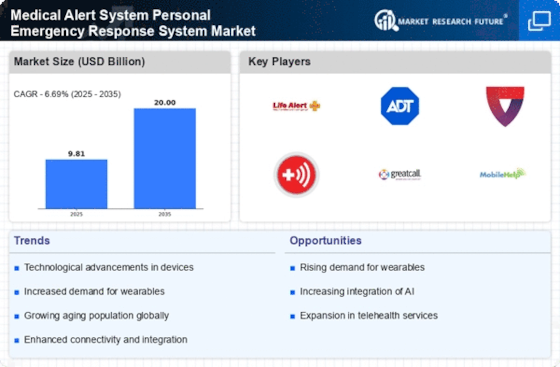

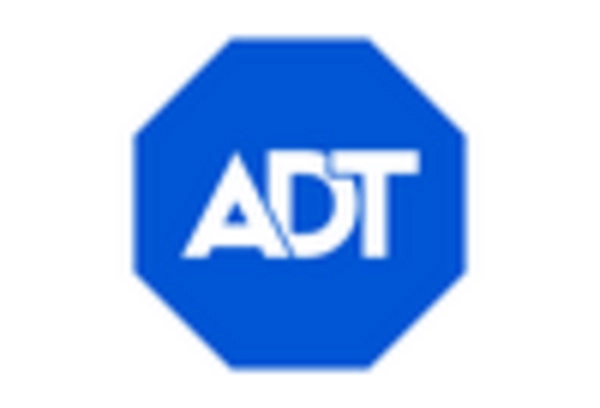

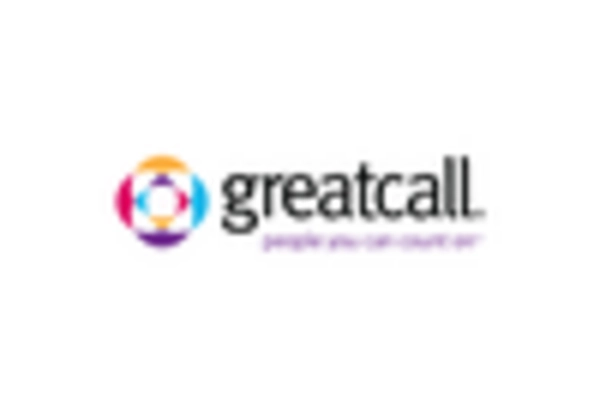
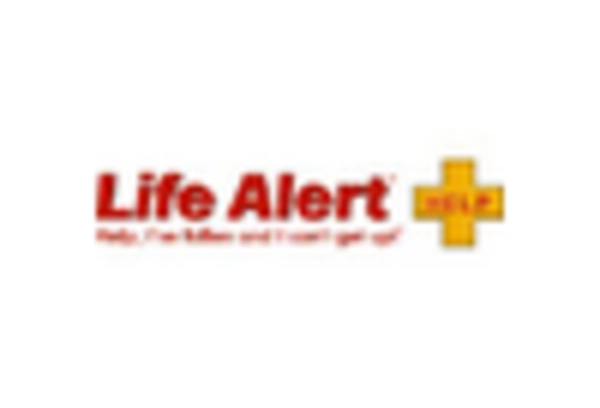

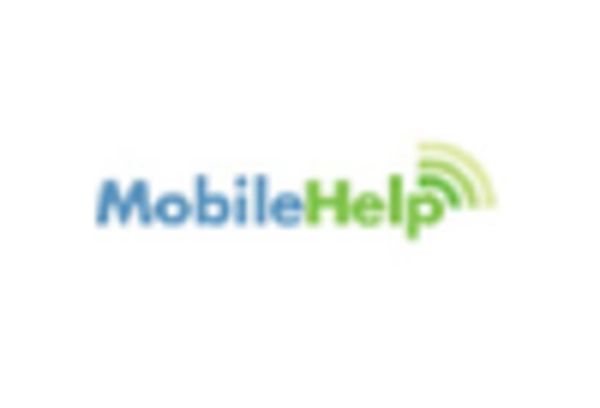








Leave a Comment